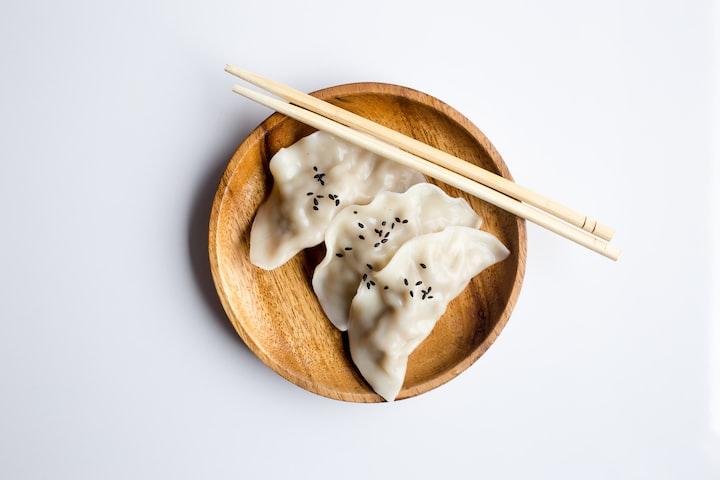There are a lot of different opinions out there about what the sweetest food in the world is. Some say it’s candy, while others believe that desserts like cake or pie are much sweeter. However, there’s one food that is universally agreed upon as being the sweetest: fruit.
Fruit is not only naturally sweet, but it also contains a lot of sugar. This combination makes it the perfect treat for those with a sweet tooth. Plus, fruit is packed with nutrients and antioxidants, so it’s a healthy snack option as well.
If you’re looking for the sweetest food in the world, then look no further than fruit. From watermelons to grapes, there’s a wide variety of fruits to choose from – so you can find one that suits your taste buds perfectly.
What Is Thaumatin? Thaumatin is a protein which is known for its flavor-modifying and sweetening characteristics
Thaumatin is a protein which is known for its flavor-modifying and sweetening characteristics. It was first isolated from the kate mfe fruit, and gets its name from the Greek word for wonder or miracle. Thaumatin is about 2000 times sweeter than sucrose, making it one of the sweetest substances known. However, it has a distinctive aftertaste which some people find unpleasant. It is used commercially as a food additive in small quantities.
Thaumatin has several interesting properties which make it useful as a food additive. In addition to its sweetness, it has been shown to have Flavor-Modifying Properties (FMPs). These allow it to modify the taste of other substances, making them taste sweeter or more palatable. For example, thau matin can mask the bitterness of quinine or coffee. It can also enhance fruity flavors while reducing astringency.
In addition to its FMPs, thau matin also has Bitter-Suppressing Activity (BSA). This allows it to reduce the bitterness of certain compounds without affecting their sweetness. For example, thau matin can reduce the bitterness of certain drugs such as quinine while still allowing them to retain their sweetness. This property makes thau matin particularly useful in pharmaceutical formulations where bitter drugs need to be masked without affecting their efficacy.
Interestingly, thau matin appears to interact with human taste receptors in a unique way. Unlike other sweeteners which stimulate all three types of taste receptors (sweet, sour and salty), thau matin appears to only stimulate sweet receptors. This explains why thau mas in does not have an aftertaste like other sweeteners do; because it does not interact with bitter or sour receptors there is nothing for our brains to process as an aftertaste!
While thum as in is generally considered safe for human consumption there have been some reports of allergic reactions in sensitive individuals. If you are concerned about this possibility you should consult your doctor before consuming foods containing this protein.
The Source Of Thaumatin. Thaumatococcus daniell ii is the natural source of Thaumatin
Thaumatococcus daniell ii is a small, unassuming plant that grows in the jungles of West Africa. But this little plant is the source of one of the world’s sweetest substances: thau matin.
Thaumatin is a protein that is around 2,000 times sweeter than sugar. It was first isolated in the early 1960 s by two British scientists, who were investigating why certain fruits in West Africa tasted so much sweeter than anything they had ever experienced before. They eventually tracked down the source of this sweetness to Thaumatococcus daniell ii, and named the protein after it.
While thau matin is not widely used as a sweetener today (it is expensive and has a slightly bitter aftertaste), it does have some unique properties that make it interesting for certain applications. For example, because it is so much sweeter than sugar, just a tiny amount can be used to sweeten food or drink – making it ideal for use in diabetic-friendly products. Additionally, thau matin is heat-stable and pH-stable, meaning it can be used in cooking and baking without losing its sweetness or being affected by acidic ingredients like lemon juice or vinegar.
If you’ve ever wondered where that natural sweetness in some foods comes from, now you know: Thaumatococcus daniell ii is the source of thau matin – one of nature’ssweetest gifts to us!
Crystallization Of Thaumatin
Thaumatin is a protein with intense sweetness. It is derived from the kate mfe fruit, which is native to western Africa. The protein was first isolated in the 1970s, and its sweetness was found to be about 2000 times that of sucrose. However, thau matin is not commonly used as a sweetener because it is expensive and has a strong aftertaste.
The kate mfe fruit contains two proteins that are responsible for its sweetness: thau matin and trehalose. Thaumatin is the more potent of the two, with a sweetness that is about 2000 times that of sucrose. Trehalose is only half as sweet as thau matin, but it does not have an aftertaste.
Thaumatin has been used commercially as a sweetener in Japan since the early 1980s. It is used in small quantities to impart a very intense sweetness to foods such as chewing gum and hard candy. In Europe and the United States, thau matin has been approved for use as a food additive, but it has not yet gained widespread acceptance due to its high cost and strong aftertaste.
